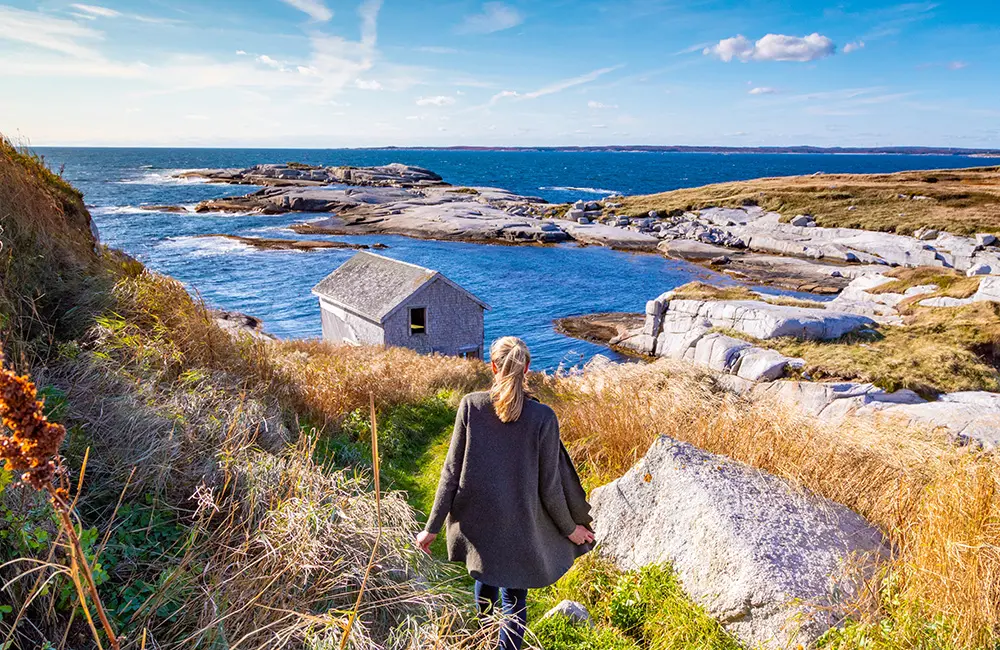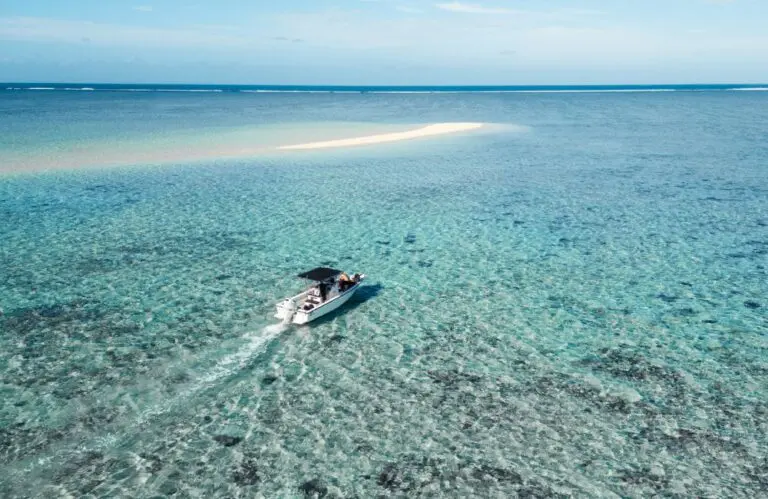Encompassing the eastern provinces of Newfoundland & Labrador, Nova Scotia, Prince Edward Island and New Brunswick, Atlantic Canada in autumn offers a coastal spread of windswept lighthouses, charming fishing villages, distinctly different cultures, rugged cliff trails and seafood feasts.
Embrace radical openness in Canada with open spaces, open minds and open hearts in Atlantic Canada in autumn, where you can experience natural phenomena, historic landmarks and coastal creatures – minus the crowds in more populous provinces.
Radical Openness shares the storytelling heart of Canada, where travellers can connect directly with welcoming locals, diverse communities and the pristine natural environment for an enriching and unforgettable travel experience that is uniquely Canadian in context.
Lunenburg Walking Tours owner-guide Liz Powers shares the colourful stories (and cats!) behind the UNESCO Heritage Sites and historic maritime landmarks in her Nova Scotian town that make it a truly unique destination in Atlantic Canada in autumn.
Access all areas
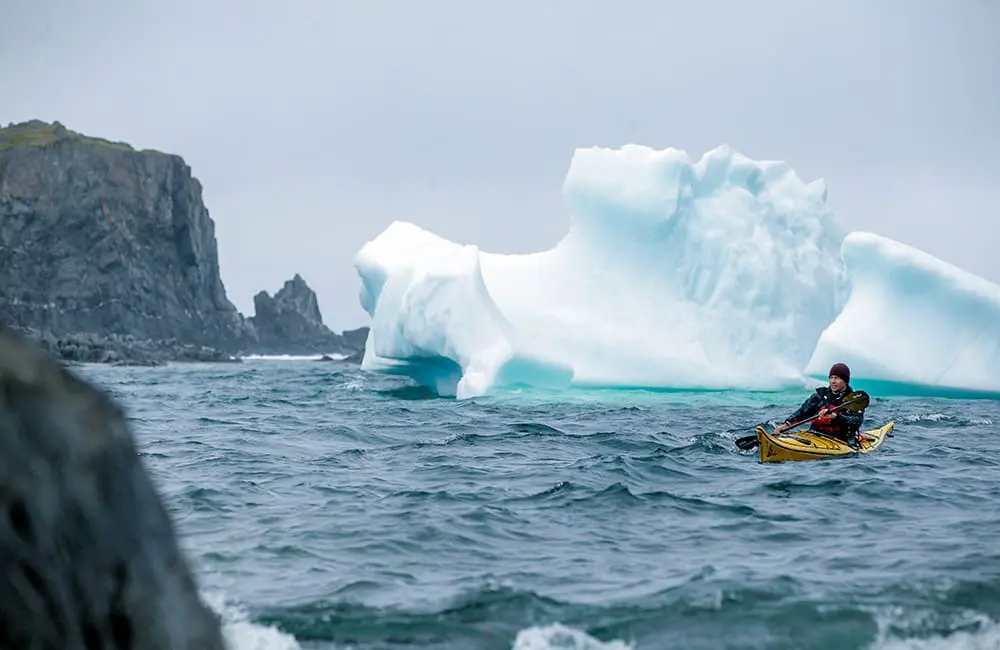
Air Canada flies direct from Australia to Vancouver and then onwards to Atlantic Canada via its domestic network. You can also fly nonstop to Vancouver with Qantas from Australia.
It’s also easy to get around Canada’s East Coast by road and rail, so you can explore beyond the city gateways. Car hire is available from airports or downtown areas.
Travel around Canada’s East in autumn with VIA Rail intercity connections. Take The Ocean scenic sleeper train between Halifax and Montréal via Moncton, traversing Nova Scotia, New Brunswick and Québec in one day and night.
Why visit Atlantic Canada in autumn
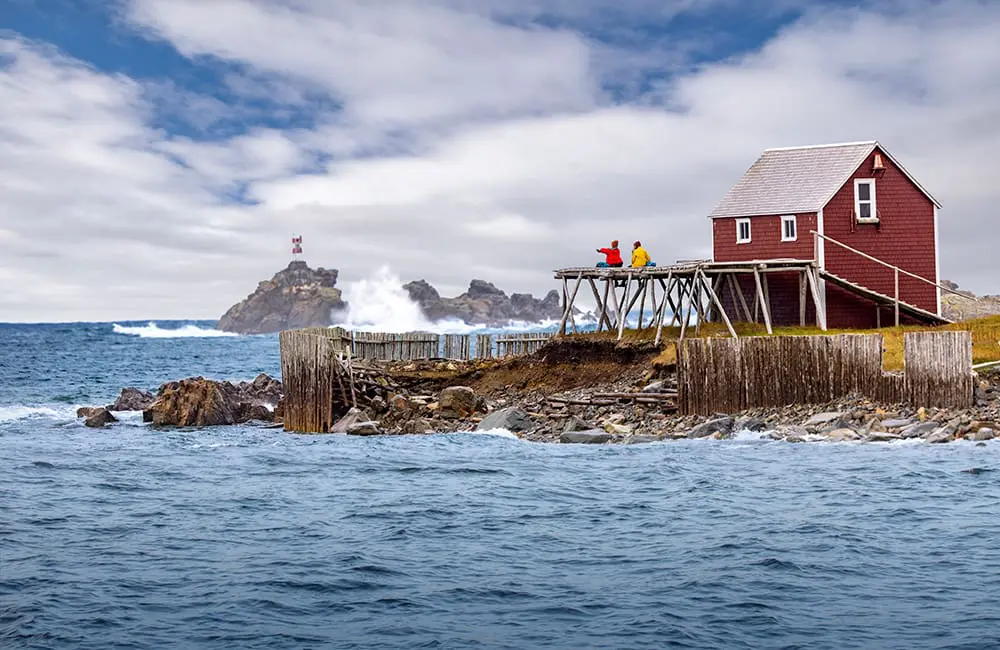
Visit Atlantic Canada in autumn for an array of seasonal highlights, from autumn foliage and food and music festivals to scenic drives and hiking and biking world-famous trails.
It’s also a prime time for whale watching along the Atlantic Coast—especially in the Bay of Fundy, nestled between Nova Scotia and New Brunswick and home to the world’s highest tides—and for savouring fresh lobster outdoors in Nova Scotia, Canada’s seafood industry capital.
With mild climes and windswept glory, Aussies will enjoy getting out and about and exploring all that Atlantic Canada in autumn has to offer.
Multicultural Atlantic Canada

This culturally diverse pocket of Canada is shaped by the ocean and many communities that have left an indelible mark on regional traditions, cuisines and practices.
The eastern provinces contrast with Western Canada through its varied cultural appeal, including First Nations, Inuit, Acadian French, Viking, Scottish and Irish influences, that are seen in folk music traditions, languages, kitchen parties and festivals.

Atlantic Canada also has a deep seagoing culture with salt coursing through its veins. Nova Scotia, Prince Edward Island, and New Brunswick are renowned for their world-class seafood scene—offering a culinary experience that’s as fresh as it is unforgettable. Meanwhile, the enduring seafaring traditions of Newfoundland and Labrador not only sustain its economy and rich maritime heritage but also offer visitors an authentic glimpse into the enduring spirit, culture, and traditions of its coastal communities.
Atlantic Canadians are considered to be warm and welcoming folk – case in point, Come from Away the musical tells the tale of Gander townspeople taking in 7,000 rerouted passengers during 9/11 in a classic display of Newfoundlander friendliness.
Newfoundland & Labrador

At Canada’s easternmost tip, Newfoundland & Labrador juts out into the Labrador Sea. It’s full of thrills and chills, from St John’s rainbow streets to Iceberg Alley, where giant icebergs from Greenland drift down the Atlantic Coast from June to September.
St John’s, Newfoundland’s largest city, is also one of North America’s oldest settlements with its colourful ‘Jellybean Row’ houses and Signal Hill, while UNESCO-listed L’Anse aux Meadows National Historic Site commemorates a 1,000-year-old Viking settlement.
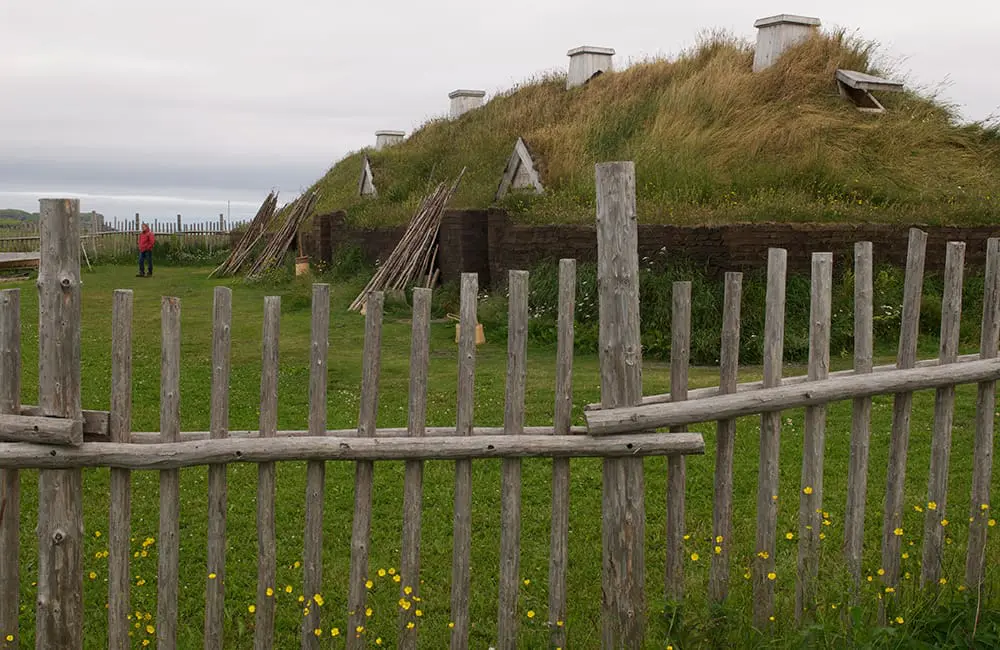
Get your Norse on at the Viking Encampment by trying traditions such as throwing an axe or blacksmithing with characters who will bring history to life with Nordic tales. More legendary creatures loom large in the sea with migrating humpback and minke whales skirting the island all year round.
In St John’s, book a traditional screech-in ceremony where CFAs (Come From Aways – just like the musical!) become an honorary local by kissing a cod and taking a shot of screech (rum).
Nova Scotia

Nova Scotia is the spot for seafood feasting and maritime history. Here, crustacean is king in the lobster capital of the world, celebrated in menus, festivals and monuments.
Follow the Lobster Trail for the best bites or catch a crustacean (and a picnic lunch) on a Love Lobster Boat Tour. In Halifax, visit 5 Fishermen restaurant for classic Nova Scotian fare.
Celtic culture also comes to the fore in Nova Scotia. Every autumn, the Celtic Colours International Festival features more than 250 musicians, dancers, singers and storytellers on Cape Breton Island.

You can also experience Scottish Gaelic culture at a Ceilidh or local kitchen party social gatherings and Mi’kmaw traditions and storytelling on a guided Mi’kmaq Medicine Walk at Membertou Heritage Park on Cape Breton Island.
Atlantic Canada in autumn is also a top time to hike, bike or road-trip Cape Breton’s 330km Cabot Trail when the fiery autumn foliage is on full display and visit UNESCO sites, such as Lunenburg – a perfectly preserved 18th-century British colonial settlement.
Prince Edward Island
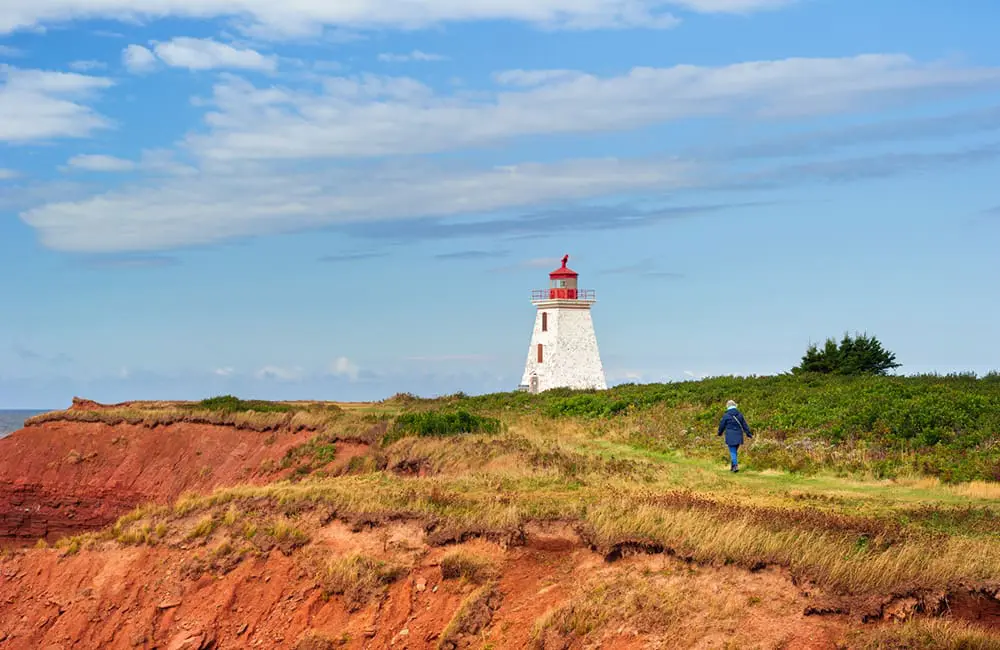
Picturesque Prince Edward Island is famous as the setting of Anne of Green Gables and you can visit Green Gables Heritage Place in Cavendish, which inspired L.M. Montgomery’s classic novel.
Hop on a Freewheeling Adventures cycle tour to explore more of the rolling farmland and lighthouses from the beloved book series along with stops at contrasting provincial parks: sandy-red Argyle Shore and Basin Head with squeaky white ‘singing sands’.
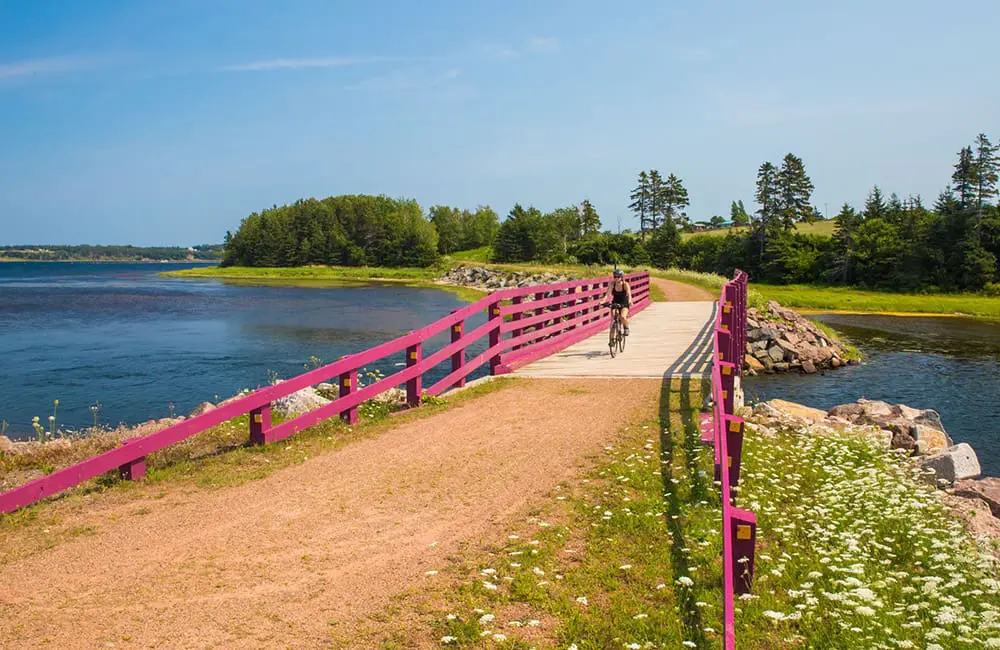
Prince Edward Island is also known for Malpeque oysters and the annual PEI International Shellfish Festival in Charlottetown. Join a Bannock & Clams in the Sand Tour and learn to cook bannock (traditionally made bread) in the sand and oysters over an open fire with traditional teachers while listening to stories of Mi’kmaq life on Lennox Island.
New Brunswick
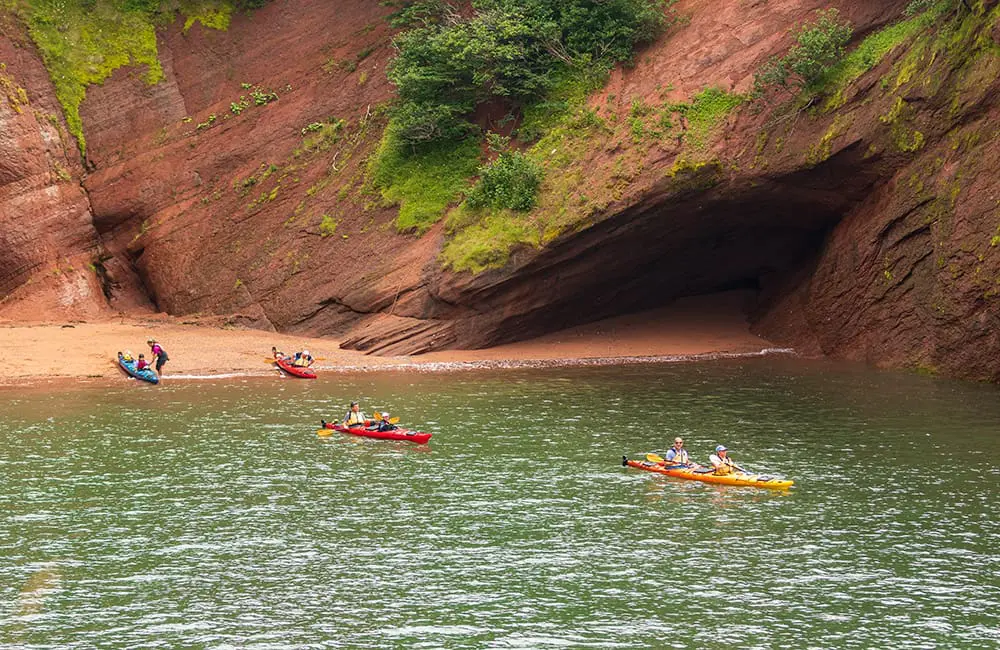
New Brunswick is another province of contrasts distinguished by rugged coastlines, the world’s highest tides and lush forests. Explore Fundy National Park for hiking, waterfalls and coastal views and take a scenic drive along St Martins and the Fundy Trail Parkway for dramatic cliffs and secluded beaches.
To experience the natural tidal phenomena, visit Hopewell Rocks to walk on the ocean floor at low tide and kayak around towering rock formations at high tide. The Reversing Falls Rapids is where the Bay of Fundy’s tides reverse the flow of the Saint John River.
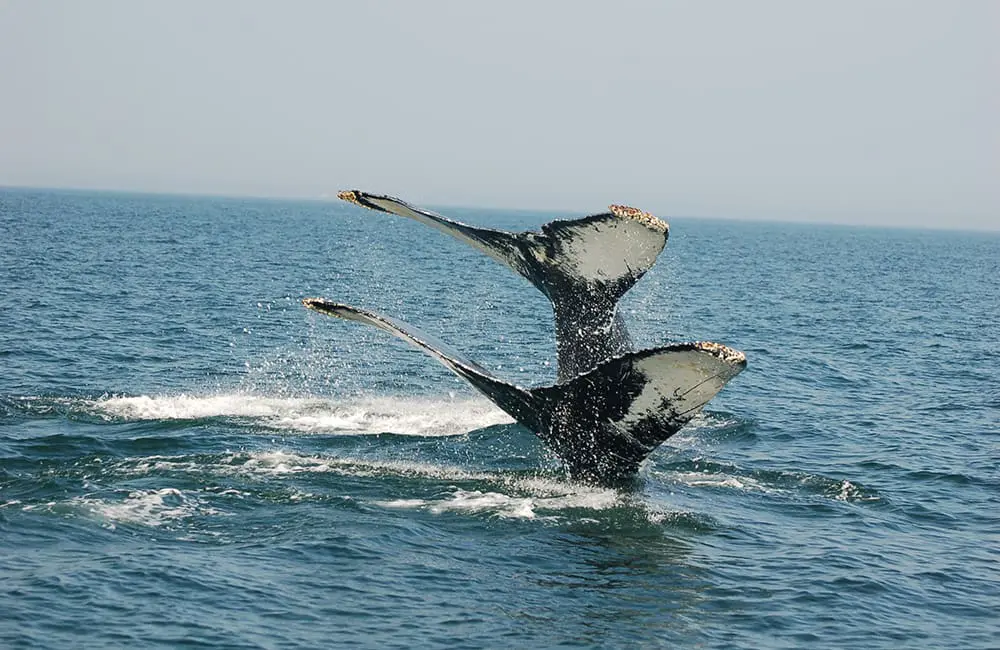
The Bay of Fundy shelters several whale species, which can be viewed on a two-hour whale-watching tour off the coast of St Andrews with Fundy Tide Runners on a hulled Zodiac boat.
New Brunswick is also home to a French-speaking Arcadian community and lobster lovers won’t want to miss visiting Shediac, the world’s lobster capital, in Atlantic Canada in autumn.
Fast facts about Atlantic Canada in autumn:
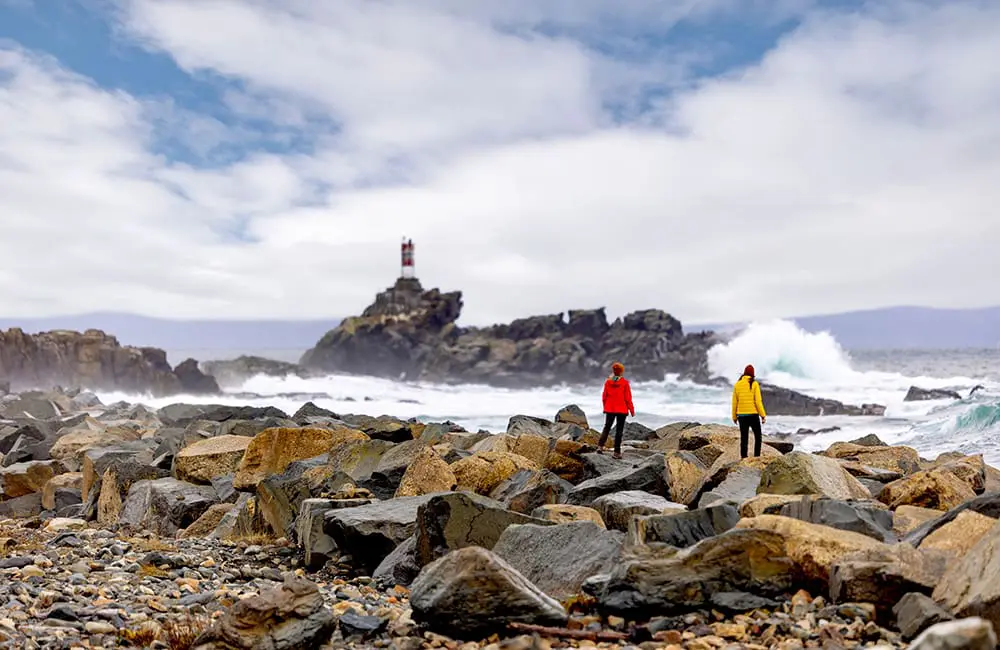
- How to get there: Air Canada and Qantas fly direct from Australia to Vancouver with frequent domestic flights available to St John’s and Halifax in Atlantic Canada. You can also fly to Vancouver with one stop in Auckland through Air New Zealand or via Nadi with Fiji Airways.
- When to go: Visit Atlantic Canada in autumn from September to October for pleasant temps.
- Did you know? Atlantic Canada has one of North America’s largest puffin colonies with thousands of birds in Witless Bay, Newfoundland & Labrador on view until September.
- Frozen fact: Some Newfoundland & Labrador breweries use iceberg chunks to make beer and vodka – cheers!
- A shellfish fact: Nova Scotia is the world’s largest lobster exporter and Shediac, New Brunswick has a giant lobster statue to cement its status as the world’s crustacean capital.
Level up with the Canada Specialist Program
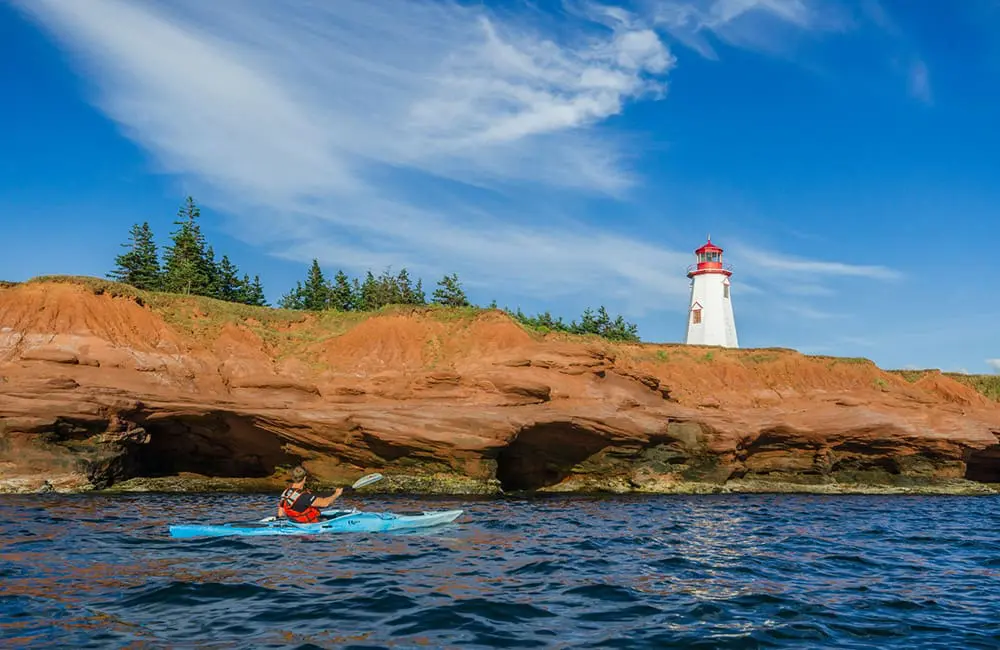
Sign up for the Canada Specialist Program to become a recognised expert in all things Canada. Learn more about Radical Openness and Canada’s diverse landscapes and experiences, access exclusive content and valuable tools to help you promote and sell Canada and network with other agents via the closed CSP Facebook group.
Discover more and open up to Canada at keepexploring.com.au
This article is brought to you by:



